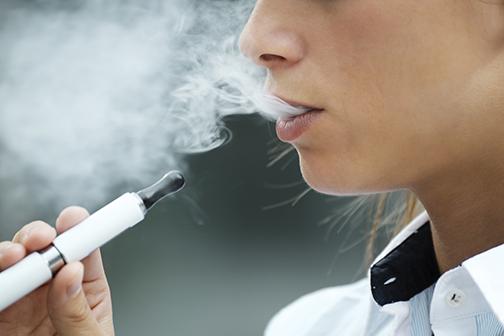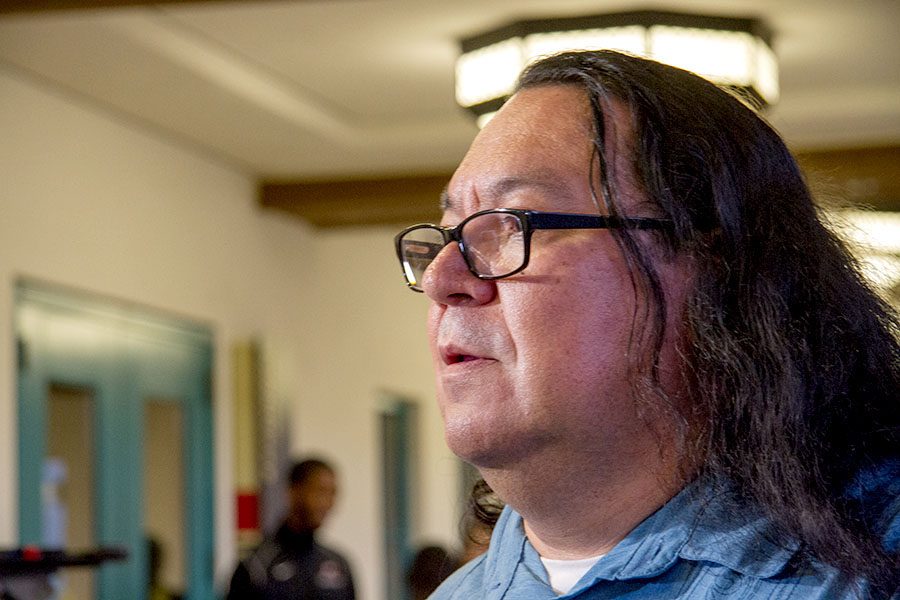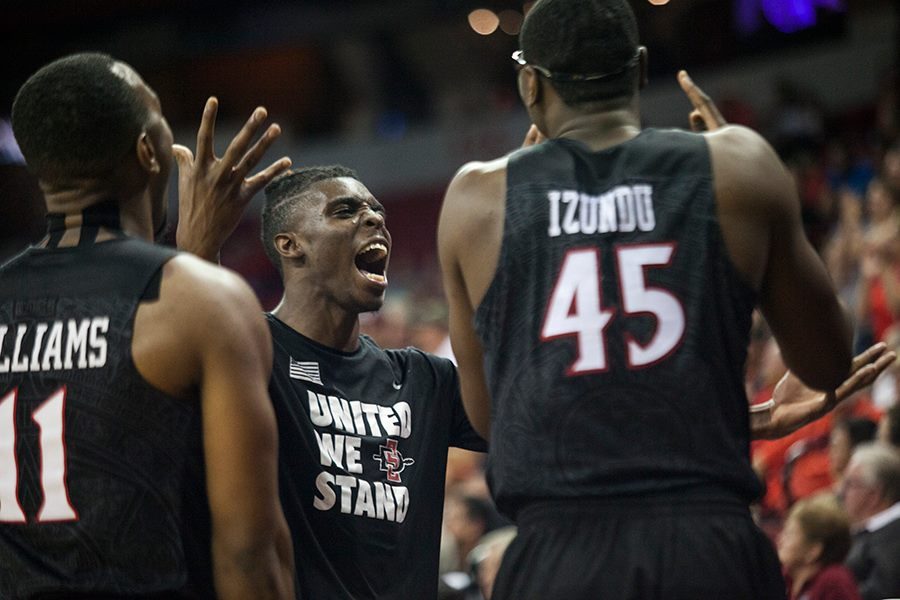
Walking from class to class, dozens of skateboarders can be spotted on a daily basis, half nearly causing collisions. Since the recent bans on smoking and skateboarding, it’s interesting to see the implementation difference between the two. Even though skateboarders are at risk of fines, smokers seem to be the ones hiding behind alleys. The ban on smoking has been rather vague and ineffective. The rush to eliminate an entire habit in a year is unrealistic.
Just because more smokers are out of sight doesn’t mean the behavior on campus has disappeared. Smokers create just as much disturbance as skateboarders and are even more harmful to the health of the surrounding people, but unfortunately the ban is more of a suggestion than law. University police need to turn to something more impactful, such as ticketing, to remove the lingering number of smokers on campus.
Many argue nothing more than social enforcement can be done in regard to smoking on campus. When it comes to the health of an entire population of students, nicotine seems much more appropriate to ticket than a piece of wood on wheels.
With cigarettes being frowned upon, e-cig usage has increased among the smoking population of San Diego State. How does this campus expect to ban such an addictive habit with something as lenient as a social enforcement? Asking nicely isn’t doing the trick.
With smoking’s addictive culture, the rush to completely eliminate smoking on campus in a year without any consequences needs to be reevaluated. I, just as much as anyone, would love for there to be zero tolerance for smoking, but I understand it won’t happen overnight. SDSU needs to understand if a certain percentage of college students smoke cigarettes, most of whom started at a young age, the habit is hard to break — especially without stricter policies.
If this ban is impossible for someone dependent on smoking, he or she can simply seek help. SDSU has a website which includes information helping anyone seeking to quit. There’s even a phone number to make tobacco-cessation appointments with counselors. So please don’t use the excuse “it’s impossible to quit” without even attempting to use the available help. Why should students who don’t smoke have to deal with the dangers of second-hand smoke?
Although ineffective thus far, this ban was intended to benefit the wellbeing of an entire student body. No one wants to inhale unhealthy fumes — students have the right to clean air and the police department has the right to stricter enforcement policies.
Clean air policies are becoming a reality in many major cities. There are designated smoking areas because non-smokers reserve the right to not breathe in unhealthy fumes. As much as SDSU has offered alternatives to help students quit, smoking is a personal decision and its actions shouldn’t affect anyone other than the smoker.
“If you were to continue to do it, then we’d have all kinds of programs available, formal citations, written notices to your file, and at some point we’d really have the ability to say we really don’t want you here anymore,” Associate Vice President of Operations and University Architect Robert Schulz said in regards to smoking.
Sure, these hidden consequences seem slightly unfair, but bans are successful only when there are consequences. However, when comparing the success of the two recent bans placed on campus, it’s clear the ambiguity of the fines seems to work more than the cops waiting around campus.
If social enforcements don’t work for something as innocent as skateboarding, they sure won’t work for a habit with such strong addictive side effects. Should the police turn to handing out tickets? Even though it hasn’t stopped the endless amount of skateboarders, that doesn’t mean it can’t stop the small remaining group of smokers hanging out on campus.









